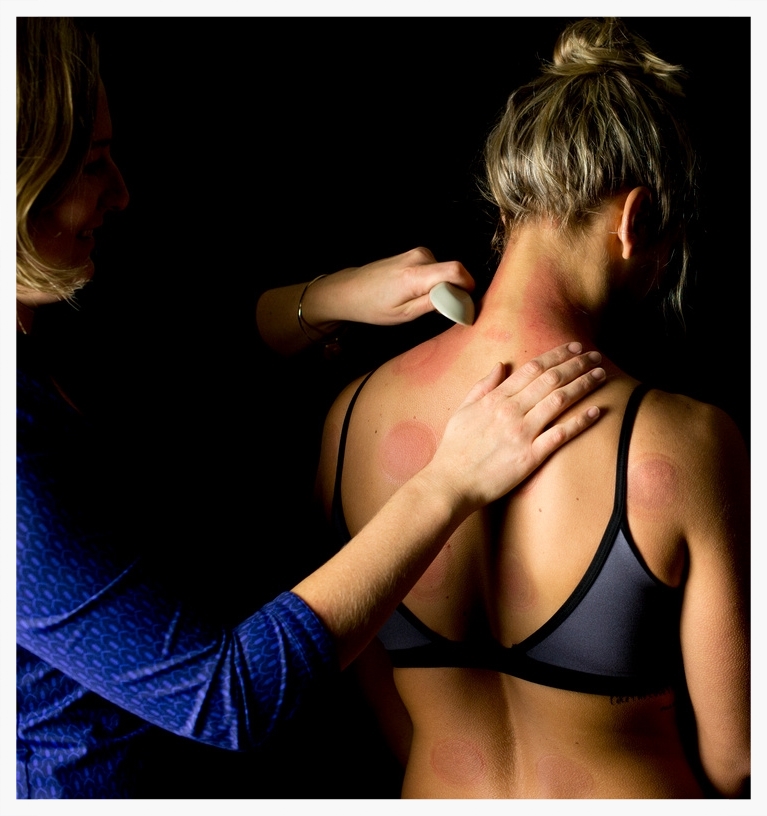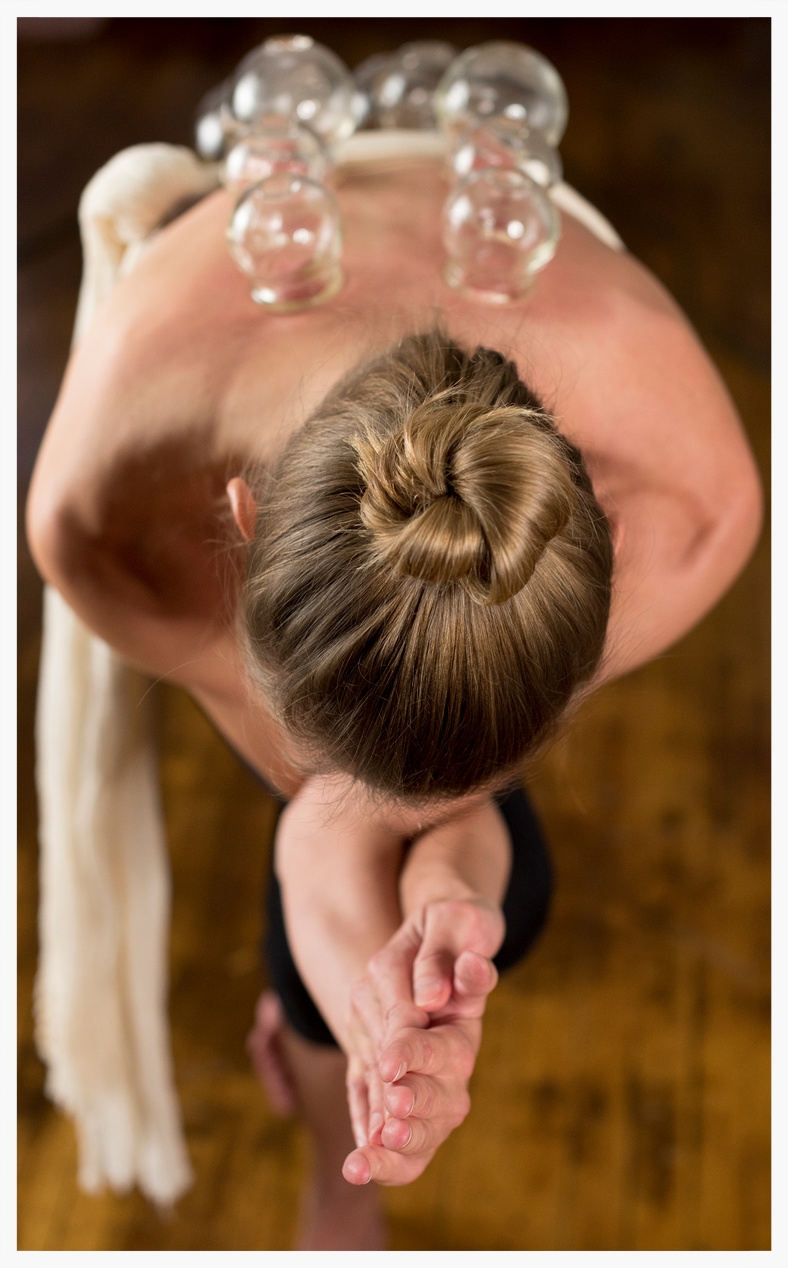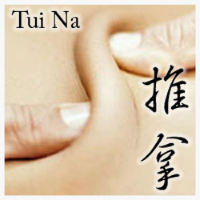MANUAL THERAPIES:
GUA SHA | CUPPING | TUI NA
GUA SHA
Gua Sha is a soft tissue mobilization technique in Chinese medicine, which loosely translates to "scrape (away) heat, wind or fever." Gua Sha is performed with a blunt tool such as a ceramic soup spoon or jade stone. Pressure strokes are applied to specific areas of the body, often with herbal oils or liniments. This technique is often used to release muscle tension, alleviate chronic pain, relieve asthma or break a fever. Gua Sha breaks up adhesions, scar tissue, inflammatory chemicals, improves circulation and relieves pain. As a result, superficial capillary flushing may occur at the skin's surface, which results in temporary petechiae, or "sha" (seen below), which is both therapeutic and diagnostic of injured areas.
CUPPING
Cupping is a myofascial decompression technique in Chinese medicine, using suction by heat or mechanical device. This acts as a reverse massage to stretch and draw soft tissue away from underlying bone. Cupping opens the pores, stimulates blood flow, unblocks obstructions and promotes removal of toxins from the body. Cupping may be used to treat respiratory conditions such as allergies, asthma, cough, cold & flu. Cupping also treats arthritis, muscle tension and many types of chronic pain. Like Gua Sha, cupping flushes superficial capillary beds, which may result in temporary petechiae, or "sha" along the skin's surface (seen below). This is both therapeutic, and diagnostic of stagnant or injured tissues.
TUI NA
Jennifer is certified in Tui Na, a traditional Chinese massage technique, meaning to "push" and "grasp." Tui Na incorporates deep tissue compression, percussion, vibration, lymphatic drainage, soft tissue and joint mobilization to rehabilitate muscles, joints and connective tissues. Tui Na also incorporates acupressure along trigger points and traditional acupuncture point locations to relax tense muscles, reduce scar tissue, stretch or lengthen fascia, calm the nervous sytem and promote relaxation.
Manual therapies may be combined, and are often paired with acupuncture and herbal medicine for synergistic benefit.




